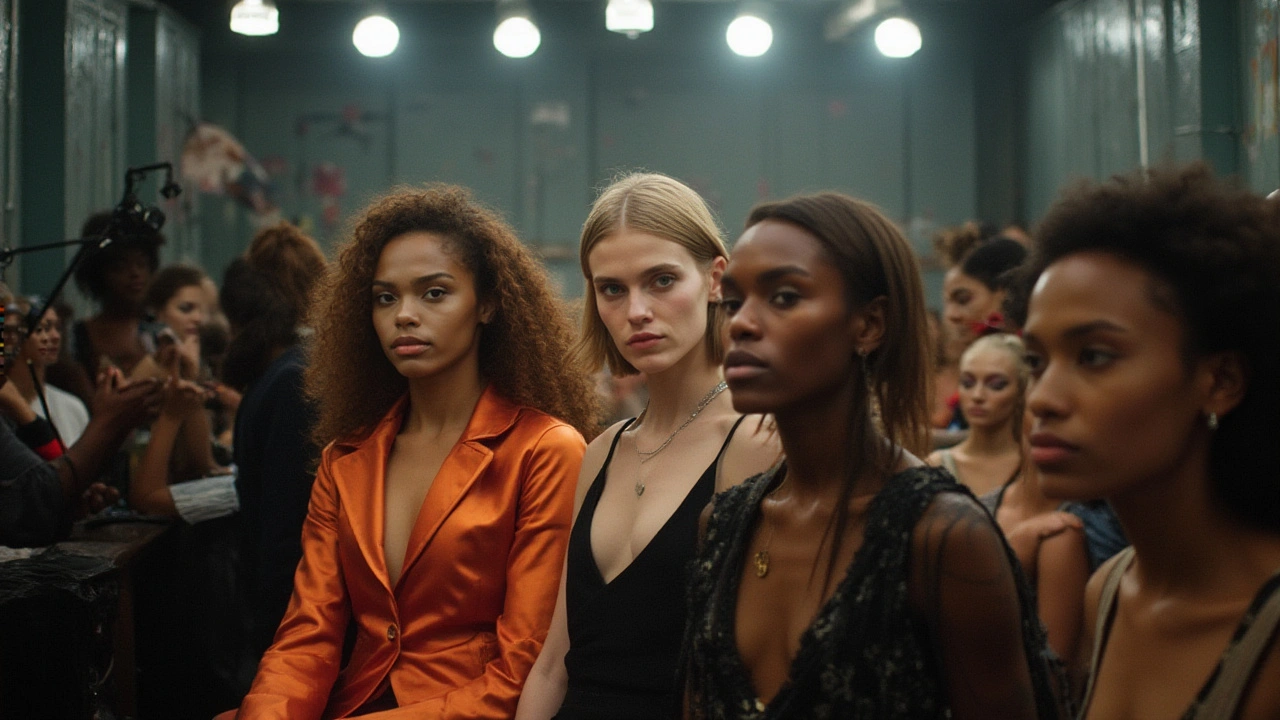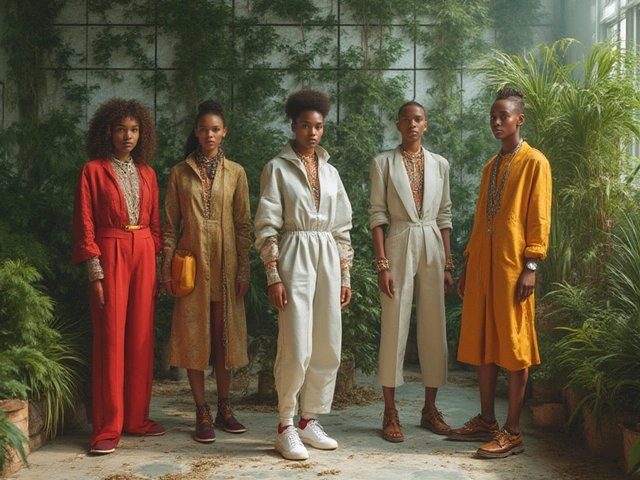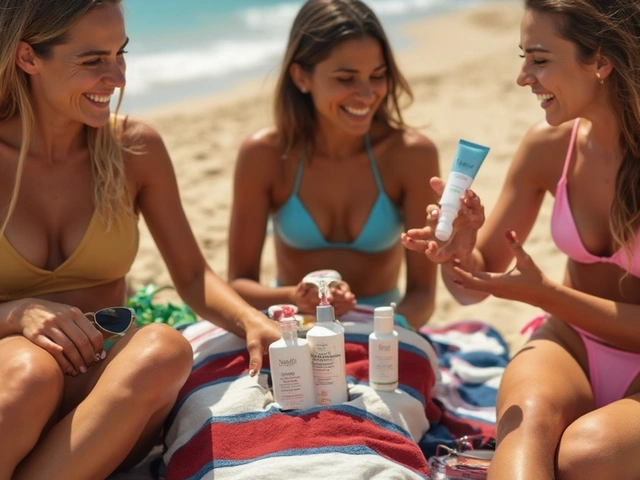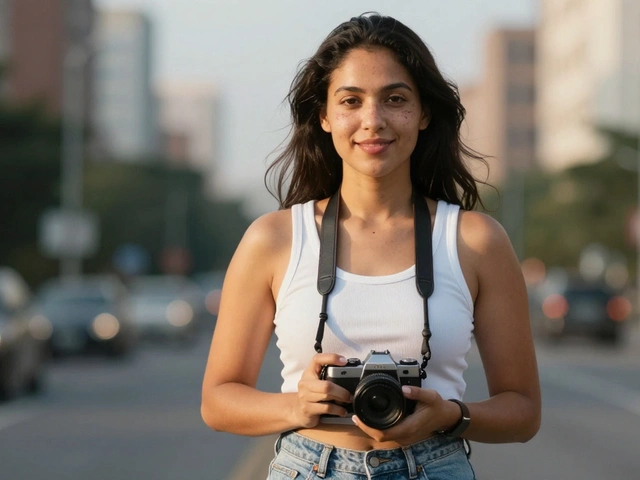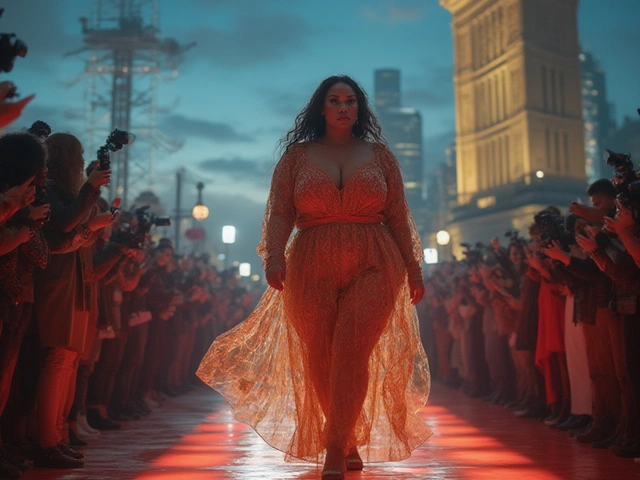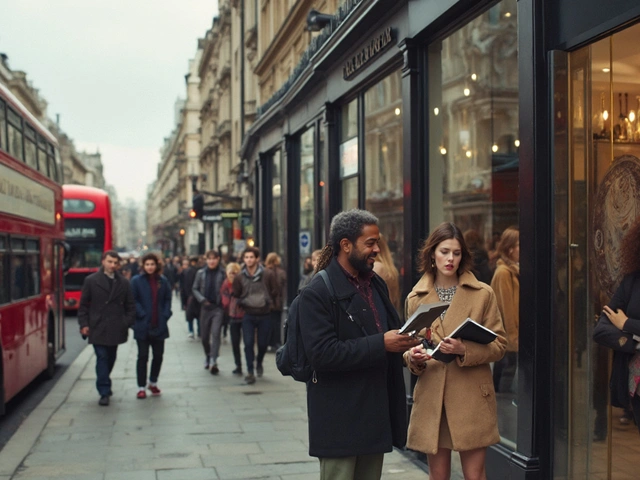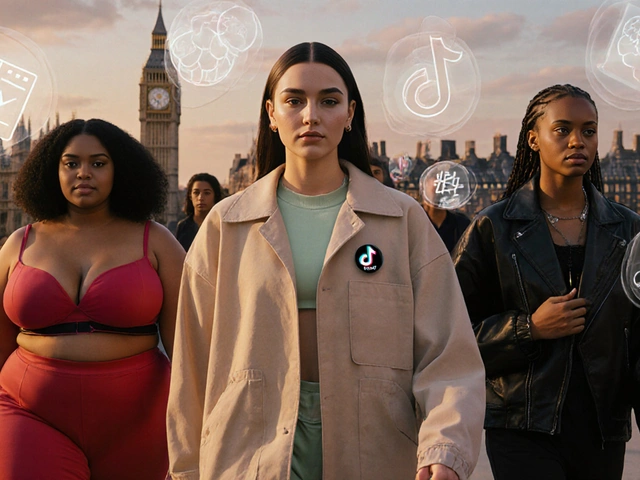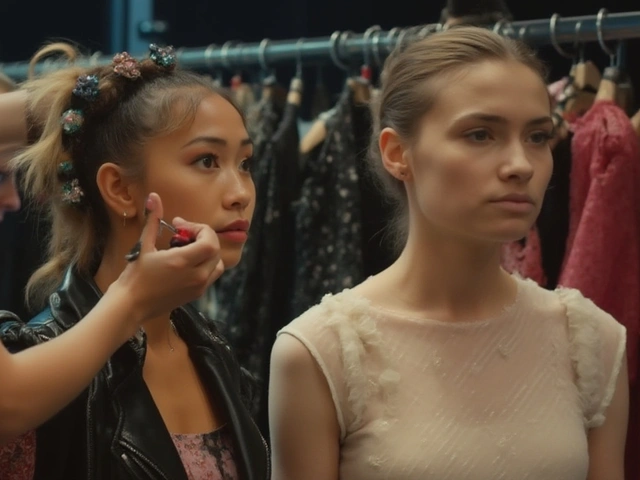Picture this: a rainy London morning, a red phone booth, and a model dashing between castings with an umbrella, coat slung over her arm, coffee in hand. Now, that same model is on billboards in Tokyo, gracing Paris catwalks, and popping up in music videos seen in every corner of the world. It’s not a one-off story. British models—whether they started off in Manchester, London, or Edinburgh—are absolutely everywhere these days, and their presence in global fashion has never been stronger. It’s not just about looking pretty and walking straight anymore. The UK’s top models are reshaping how we see beauty, how we buy clothes, and who gets to be front and centre in the fashion world.
The Rise of UK Models in International Fashion
For years, British models have held a quietly powerful hand in global style. Suddenly, it feels like they’re leading the pack, not just following the trends. In the early 1960s, Twiggy cut her hair short, put on some impossibly long lashes, and showed the world a new kind of beauty: sharp, gamine, a little rebellious. Move a few decades forward, and you get Naomi Campbell smashing down doors—sometimes literally—bringing diversity to runways at a time when almost no one else did. Today, you have Adwoa Aboah, Jourdan Dunn, and Edie Campbell not only selling clothes, but also using their profiles to push for social change and mental health awareness.
What’s going on here? It’s not just coincidence. UK model agencies and scouts are famously adventurous. They look for quirk, edge, and confidence—think Georgia May Jagger’s gap-toothed grin or Cara Delevingne’s bold brows and “don’t care” strut. In fact, London Fashion Week has a reputation for being the most open to new faces and the most willing to ditch boring ideas about who “should” be a model. According to the British Fashion Council, in 2024, nearly 40% of the models on London runways were first-timers—most from the UK or Ireland. That’s unheard of in Milan or Paris, where the same supermodels walk again and again.
It’s not just the number of UK models on the world stage. It’s the influence of their attitude. There’s a British coolness—equal parts punk and posh—that designers can’t seem to get enough of. The “London look” gets copied season after season: think an old band t-shirt with a designer skirt, or trainers with ballgowns. Photographers from New York to Seoul often say they love British models because “they have personality.” It’s not fake, either. UK models are known to be chatty, clever, and often up for a laugh—qualities that make for brilliant behind-the-scenes stories and lively social media feeds that go far beyond just posting perfect selfies.
How UK Models Redefine Beauty and Diversity
Models from the UK don’t just showcase the latest styles, they question who’s allowed to be in the spotlight. Just look at Munroe Bergdorf, the first transgender model L’Oréal ever hired. Or Kate Moss, who changed the standards in the ‘90s by being shorter and “edgier” than typical models of her era. Instead of following the crowd, British models often start new trends by being themselves, even if it means breaking a few rules.
If you peek at casting calls in London now, they’re looking for everything—red hair, freckles, big noses, short stature, shaved heads. The city sets the tone for body positivity and racial inclusion that others now try to keep up with. In 2023-2024, the UK ranked top among European countries for hiring models from historically underrepresented groups according to a diversity index run by Fashion Spot. British Vogue, led by Edward Enninful until March 2024, featured more models of colour on its covers than any other edition worldwide, setting new records. Plus, many UK models openly talk about mental health, LGBTQ+ experiences, or growing up in working-class neighbourhoods, often using their social platforms to give advice or reassurance to fans facing similar stuff.
Even big brands catch on: Burberry’s 2024 ad campaign had over 25% of models aged 30 or older—almost unheard of a decade ago. Kids like my daughter Fiona notice when a model with vitiligo or in a wheelchair gets featured in a major campaign. It feels normal to her, and—honestly—that’s the biggest win of all.
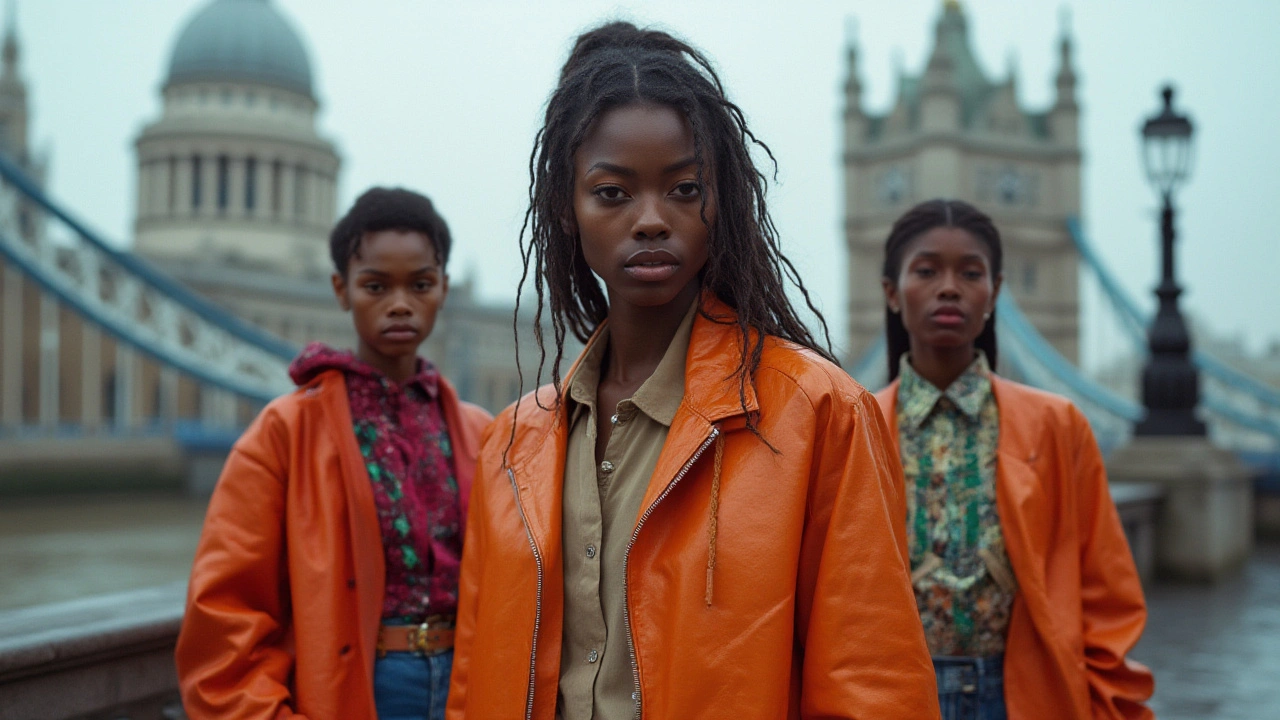
The British Influence on Trends, Brands, and Street Wear
So, what does the world actually want to “borrow” from the UK right now? Let’s start with streetwear. Tracksuits, chunky trainers, oversized sweaters—what you see kids wearing in Manchester or South London turns up on catwalks in Milan within a season. In fact, in early 2025, sneaker sales inspired by “London street style” overtook heels in international fashion weeks for the first time, according to retail data from Edited. It’s not just about copying a look. It’s about an attitude: effortless, a little bit rebellious, and never completely polished.
That’s not to say the old-school luxury brands from the UK have faded out. Burberry, Vivienne Westwood, Stella McCartney, and Alexander McQueen still top global wish lists, and guess who’s fronting those campaigns? Homegrown talent. In 2024, over 60% of models featured in British luxury campaigns were British, up from 43% five years ago (UK models are having a moment, and it’s showing in sales numbers).
But it isn’t all about the runway. Social media models like Leomie Anderson and Neelam Gill have millions of fans—many outside the UK—because they mix style tips with real talk and activism. TikTok trends started by British models (like “Fit Check” walk-throughs or their hilarious “post-shoot fails”) get copied all over the world. High street retailers are quick to snap up whatever they’re pushing—shaggy cardigans, chunky loafers, or thrift-store finds—and international brands now partner directly with UK models to reach younger, more fashion-forward buyers.
Here’s a glance at recent stats showing the UK’s hold on global fashion branding:
| Brand | % British Models in Campaign (2022) | % British Models in Campaign (2024) |
|---|---|---|
| Burberry | 47% | 62% |
| Alexander McQueen | 34% | 55% |
| Vivienne Westwood | 41% | 60% |
Tips for Aspiring Models: What To Learn from the UK Approach
So, what’s the secret sauce? Why do these British models keep smashing ceilings and starting trends? Here’s what anyone trying to break into fashion can learn:
- Don’t erase what makes you unique. If you’ve got an unusual laugh, an accent, freckles, or posture that’s a little different—own it. British agencies love to “find the quirk” and amplify it, instead of trying to hide it.
- Be vocal. UK models are often hired for their personalities, not just their faces. Agencies want people who can speak up, hold a conversation, and engage with fans and press. Practice talking on camera—even if it’s just on your phone.
- Know your history. British models often have a strong sense of fashion’s past—punk, mod, grunge—and mix old with new. If you want to stand out, don’t just copy the latest TikTok trend. Research classics and reinvent them.
- Stay reliable. The British modeling scene is famous for its “never complain, never explain” attitude. Models here turn up on time (rain or tube strike), act professionally, and stay humble about success. Reputation matters—a good word from a photographer or stylist can take you global.
- Push for real change. British models stand out by having causes they fight for—charity, climate, diversity, or mental health. Brands notice and are now more likely to book models active in advocacy. Use your platform for good and you’ll draw more fans and attention.
Every major UK model started small. Jourdan Dunn got scouted in a Primark. Naomi Campbell was found at 15, just walking in Covent Garden. There isn’t a perfect path—quirky stories and accidents seem to be half the fun, which makes it feel more achievable for anyone dreaming of fashion.
Parents reading this and rolling their eyes? I get it. I’ve got a daughter, Fiona, who re-creates runway walks in our hallway and has very strong opinions about tartan. I’d be lying if I said I’m not a little nervous about this industry for her. But knowing what UK models are fighting for now—more inclusion, more honesty, more “real life”—makes it easier to picture a better, more open fashion world coming up.
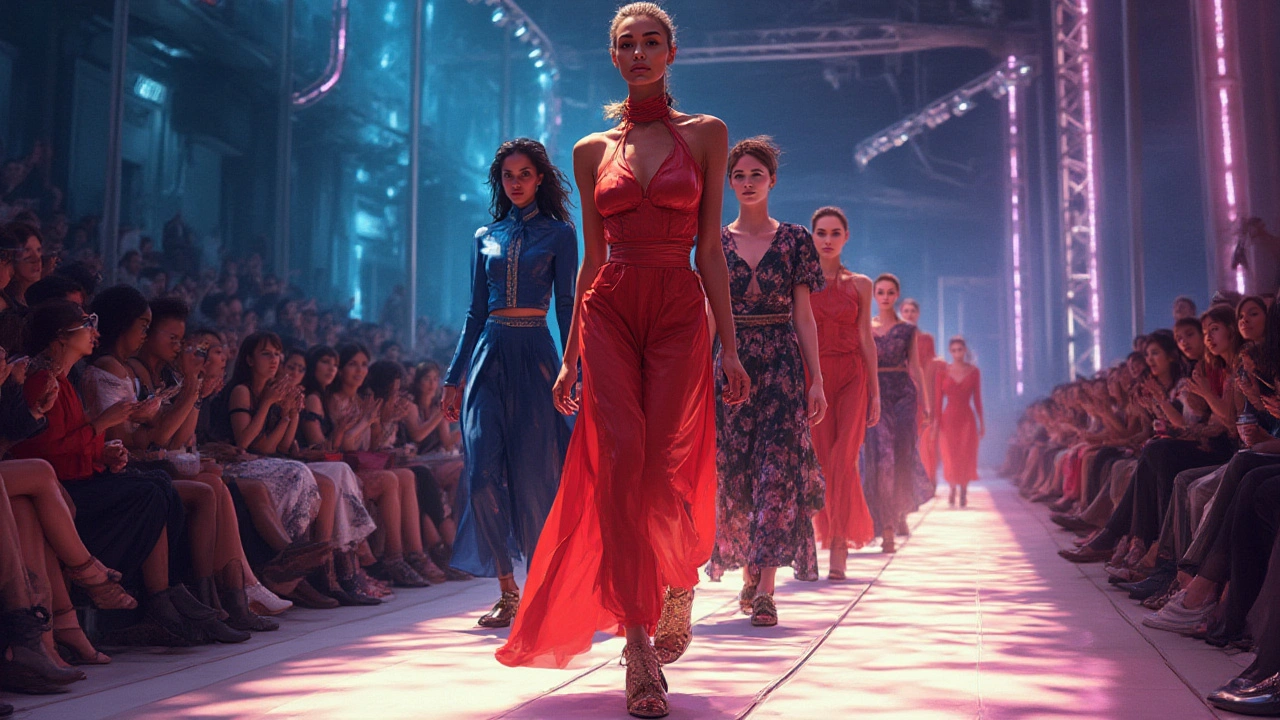
What’s Next: The Future of UK Modeling’s World Power
It’s tempting to think the British modeling wave will slow down, but the future points in another direction. Casting agents predict more “digital debuts” where new faces are discovered on Instagram and TikTok—spaces where British teens and twenties seem to thrive. Plus, the push for eco-conscious and ethical fashion means brands want models who can speak about sustainability, and UK models, with their activist streak, are top picks for this kind of work.
Fashion schools in London, Liverpool, and Birmingham have also begun offering courses on “model entrepreneurship”—teaching new models how to build a brand, speak in public, and use social media. This is a totally new way to prepare models for global fame and is already being copied by schools in Paris and NYC. British models are getting more involved in designing collections, too—Moss’s line for Topshop, Delevingne’s collab with Mulberry, and Adut Akech’s activism in the UK even though she’s South Sudanese-Australian.
Runways keep shifting, but the British modeling spirit—scrappy, inventive, passionate—is sticking around. More than ever, UK models are gatecrashing spaces that were once shut tight and forcing the whole industry to keep up. There’s never been a better time to watch, learn, or, if you’re brave, give it a go yourself. Like Fiona keeps reminding me: if you can walk in your socks on the kitchen tiles, who says you can’t rule the catwalk next year?
